Daguitan Kan Tangkib Eco-Village
There is one museum that we went to during our road trip to the province of Kalinga. This is located in Patiking, Tabuk City.
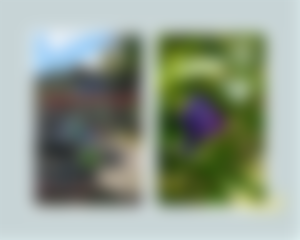
According to what I can search about it online, this used to be a residential but now turned into agri-farm with mini museum especially for coffee and cacao. Here's an article I found published in SunStar. From what I understand, this belongs to Froilan Albert and family.
This was along the way going to our cousins who also live in Patiking. From Bulanao, we dropped by this place and checked out the little museum that they have.
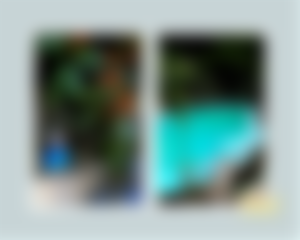
Two swimming pools on both sides of the driveway can immediately be seen. When we were there, only the pool for kids is filled. The other deeper pool is still being filled with water. There is another pool higher up but that too is still being filled. All pools are supplied by spring water. Surely that is cool and refreshing. Perfect for a hot weather if you fancy it. The place is shaded with trees and other vegetation. They do have a few rooms that you can stay overnight if you want to.
From what little I could find online, the place offers free coffee but while we were there, we weren't offered any. I didn't know they do that. I'm sure they'll willing serve us then if we have asked. There are fees for entrance, day swim and/or overnight stay. Luckily for us, we were not charged for anything when we visited the museum. I guess just by visiting the museum there is no fee.
Aside from the traditional wooden houses in the property, what I noticed right away are the masks.

Some of these were part of the walls but most were displayed in the reception and the museum on walls and posts. They are dominant influenced by Chinese I think or maybe Japanese. There are more masks but I haven't photographed them all. Mostly are scary or mean. I guess to ward off the devil. I'm just assuming here. Whatever the purpose of these are, I still do like them. I like the dark crimson or mahogany hue the one on the top right.
The mini-museum is at the center of the property it seems.
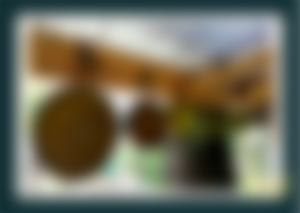
Gongs of different sizes are hung. My brothers and cousins who know how to play did try them. I believe most of the handles are from animal bones.
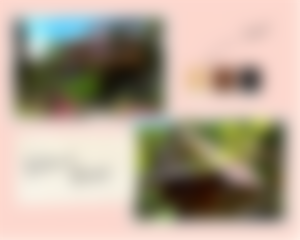
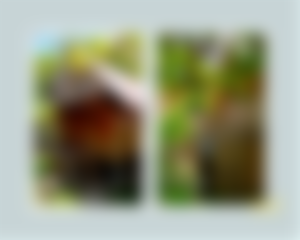
These more traditional houses have nipa or anahaw as roofing. These are somewhat modernized because GI sheets have been used. Notice the mortar on the ground by the steps on the second photo. If my guess is right, that was carved out from a rock. I haven't noticed a pestle though. It must have been stored somewhere.

The most interesting things are those that are inside the museum. Some of these porcelains and potteries dates back to as far as 13th century. I really didn't expect to find such inside an unassuming house like this. You more commonly find them in houses of the rich.
These were passed on from generation to generation according to the family. Read here. This is in exchange for the woven fabric of the Kalingas. Back then, barter exchange is still the widely practiced form of trade.
Surely these porcelain costs a fortune.
These are housed at the ground floor of one of the houses. Upstairs are bare rooms. I'm guessing they are turned into guest rooms if need be.

Visiting the eco-village left me in awe of the treasures it holds - natural and man made. It's amazing that in the midst of the mountains, Chinese porcelains can be seen there stored intact for others to admire.
Whenever I'll be going back to Kalinga, I'll visit this place again. I felt there are more about this place that one needs to know.
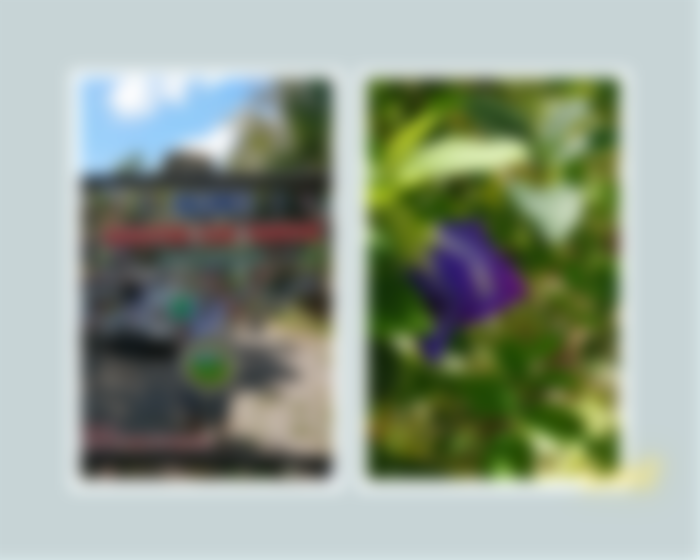
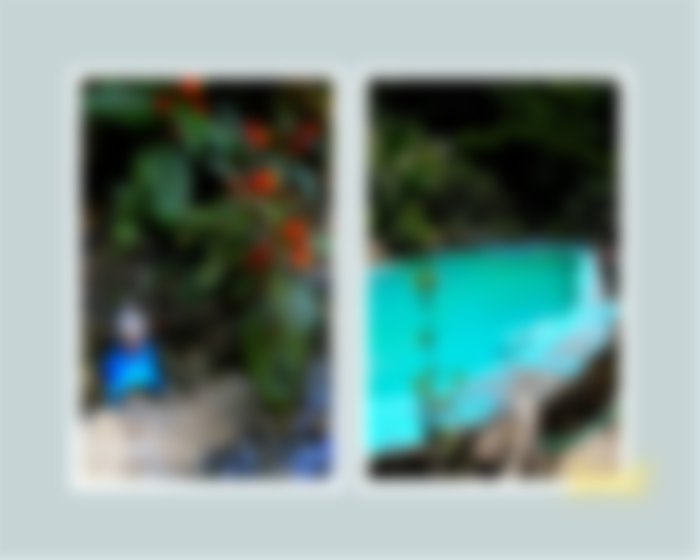
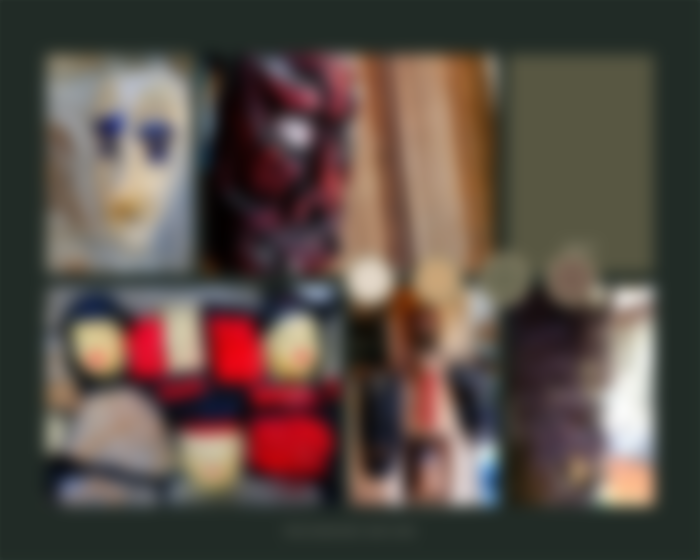
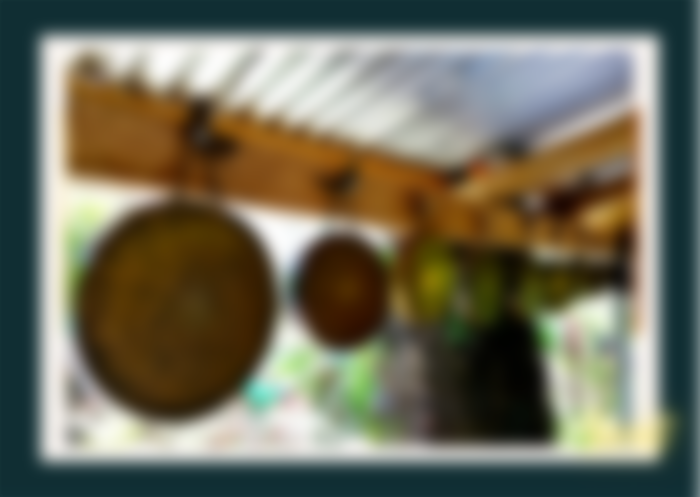

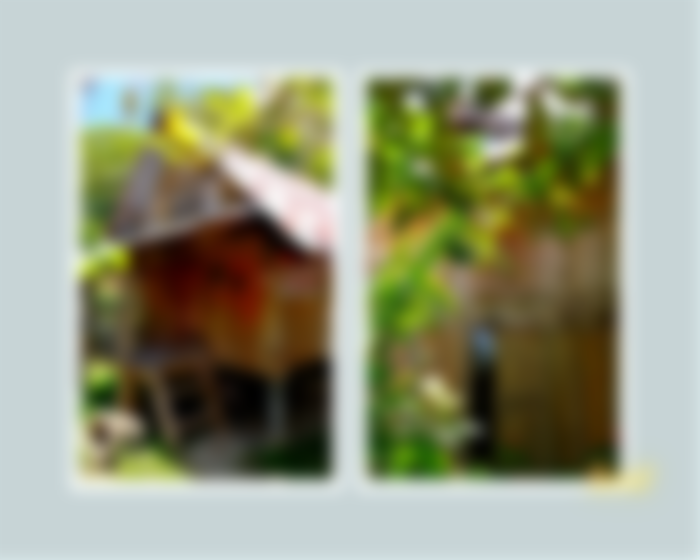
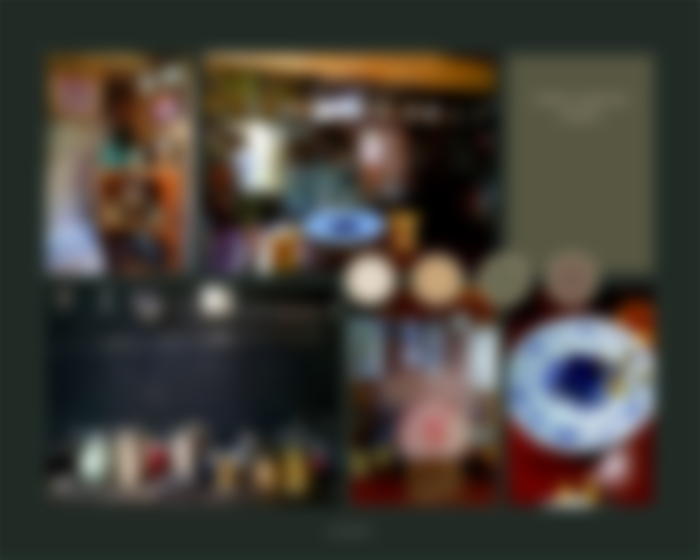
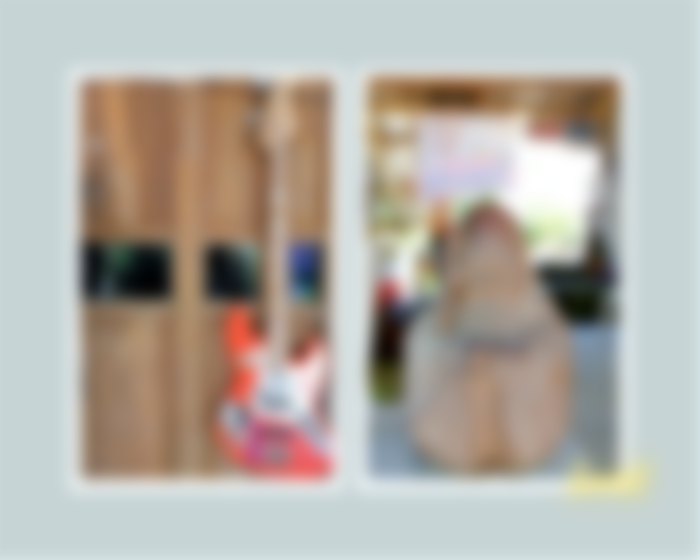
In my childhood I used to believe ghosts are nothing but after watching a lot of horror movies I am afraid of go to bathroom 😂 in night